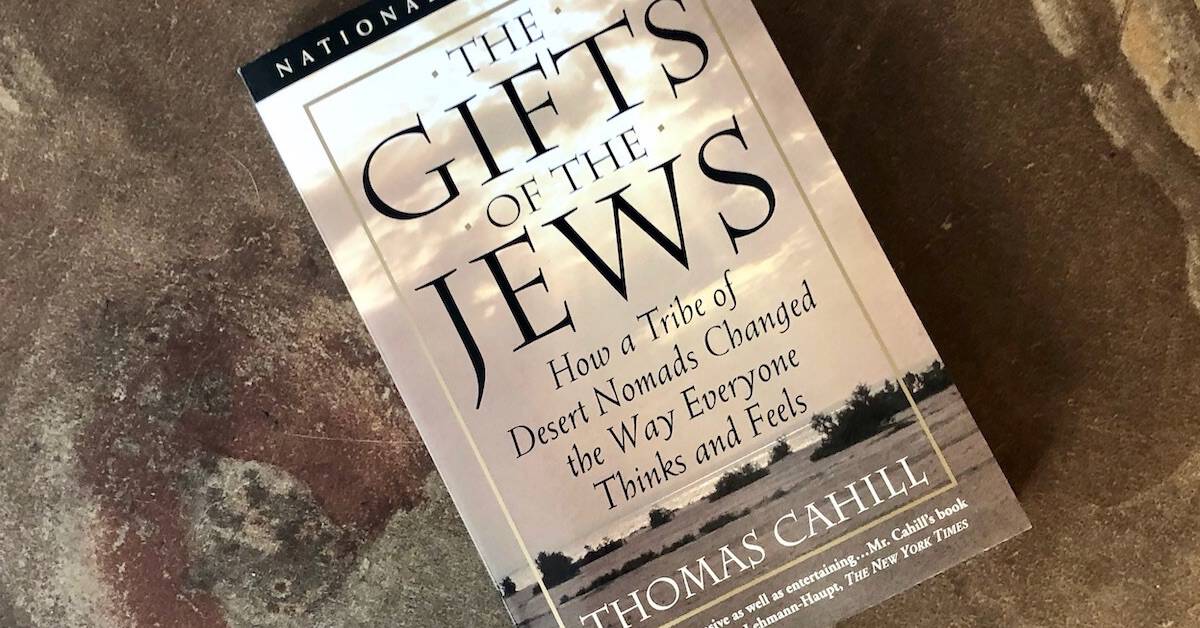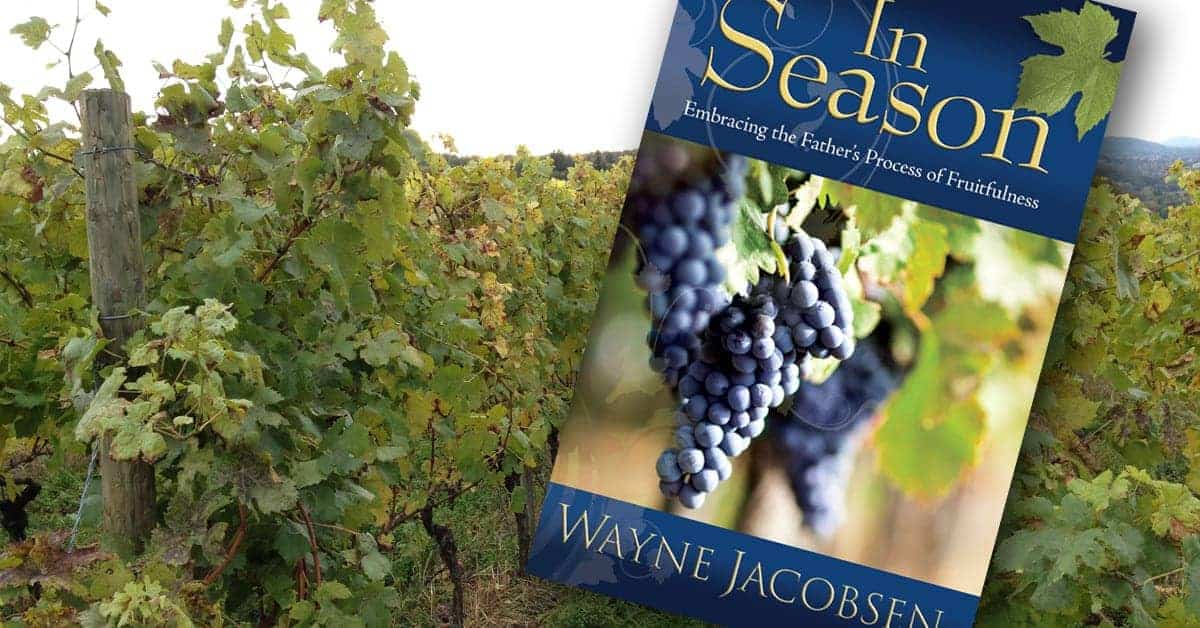On the recommendation of a friend, I purchased Hope for the Flowers and read it Saturday night with my ten-year-old granddaughter. No, it isn’t a children’s book, though it is easy enough for them to understand. It is a book about life and freedom and our failed attempts to find it by human effort. A friend recommended it to me a few weeks ago, surprised I’d never read it or heard of it. It was originally published in 1972 after all.
It’s the story of two catepillars trying to find the meaning of life and being sucked into a pillar of catepillars who are climbing all over each other to try to get to the top of the heap, because of an insatiable drive for to be high up in the sky. They don’t know realize the desire can only be fulfilled by flying, so they climb all over each other trying to get as high as the can. The form a catepillar pillar. Even though those at the top feel superior to those below, they are not really flying after all. Catepillar effort can’t fulfill its own destiny. Only those who give up their life as a captepillar to find its way into a cocoon can the transformation take place.
Hope for the Flowers is an amazing story of the failure of human effort and how all our attempts only manipulate others to try to find what we seek so desperately. It’s about learning to die to ourselves to embrace the insatiable desire Go dhas placed deep within us. It’s a story of transformation that comes only as we come to the end of ourselves and embrace a reality far bigger than any of us. It’s a simple but powerful look into the world of butterflies to once again realize that God has put before us every day the most amazing image of how he wants to work in us.
Read it with or without a ten-year-old at your side and you will be invited again into a world of transformation, where our deepest desires invite us to a greater reality than human effort can ever achieve. Instead of disappointed hopes, you’ll find the path where flight is possible and where freedom and joy become a part of every day life.









Interesting … Sound like I was a bit late to the party with my Animal Parables. At least only one of the eight is about a catapillar, and whilst there are are no ‘pillars’ in my story the catapillar does die to self and in doing so discovers her true identity.
Never late, Martin, just a different story in a different context. I remember reading yours, too, even before it was published.
Interesting … Sound like I was a bit late to the party with my Animal Parables. At least only one of the eight is about a catapillar, and whilst there are are no ‘pillars’ in my story the catapillar does die to self and in doing so discovers her true identity.
Never late, Martin, just a different story in a different context. I remember reading yours, too, even before it was published.